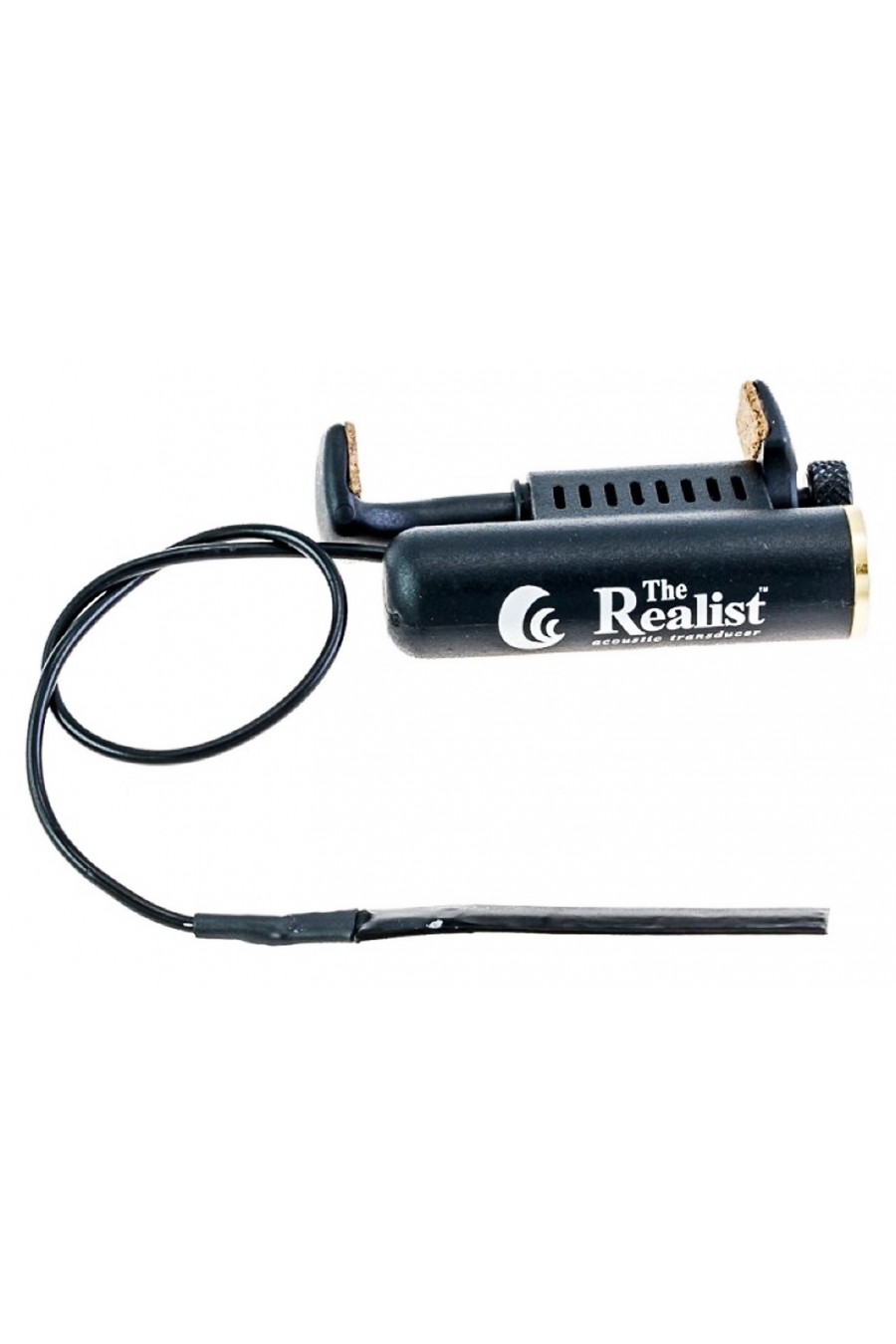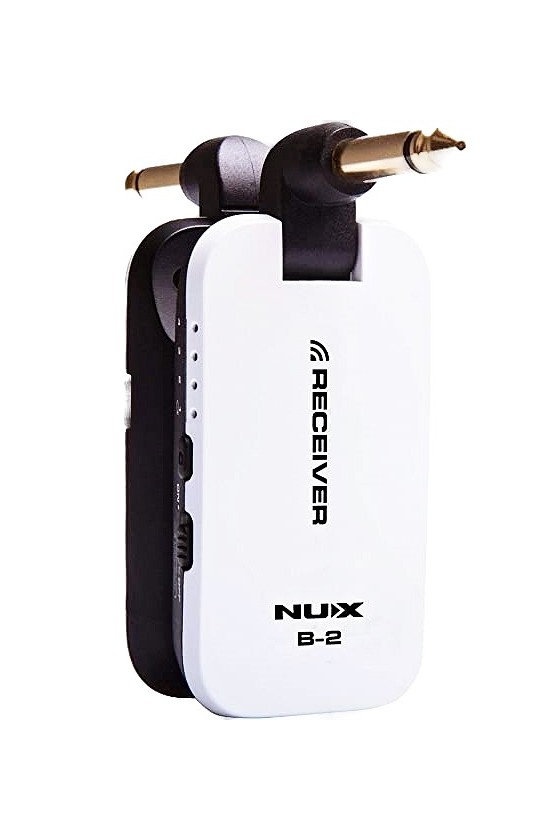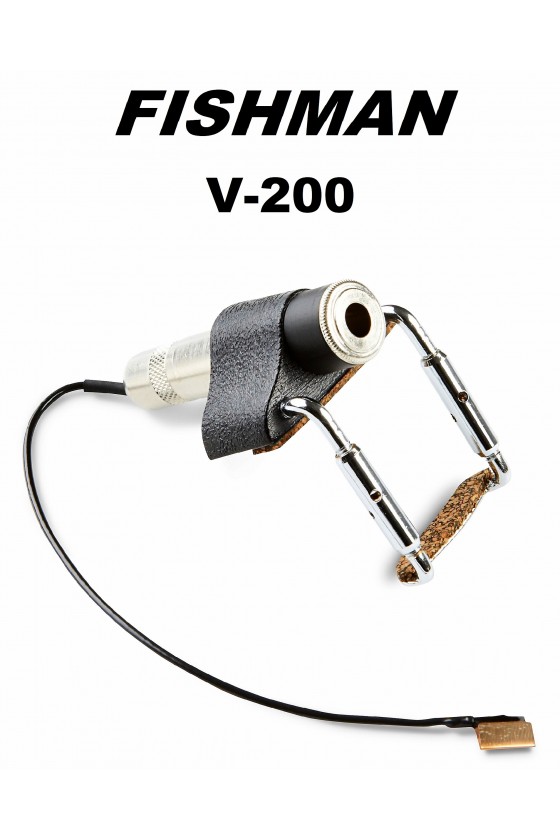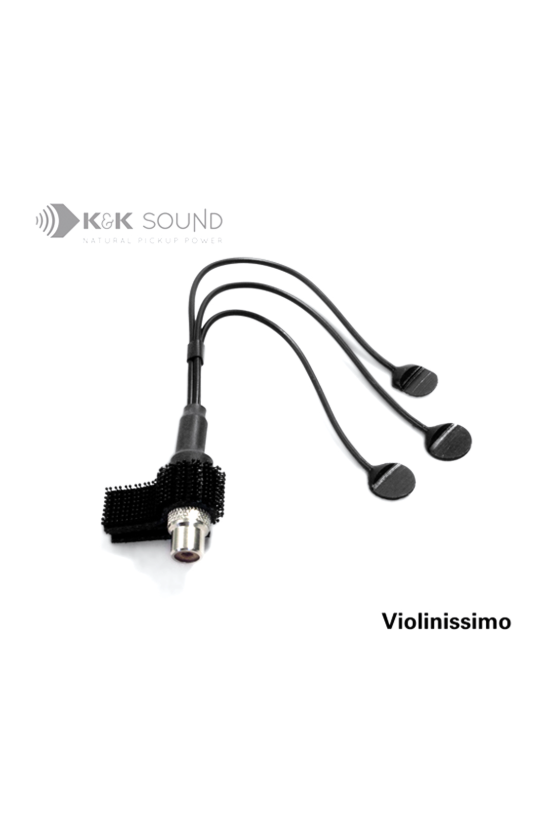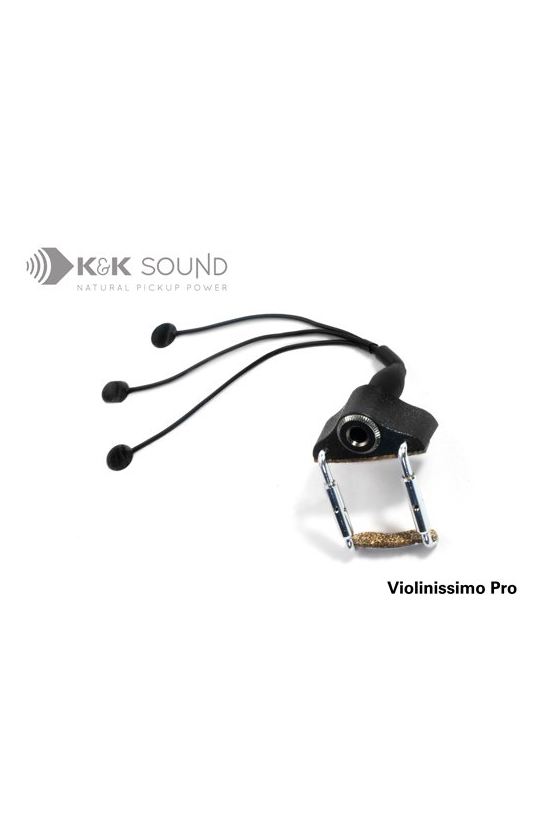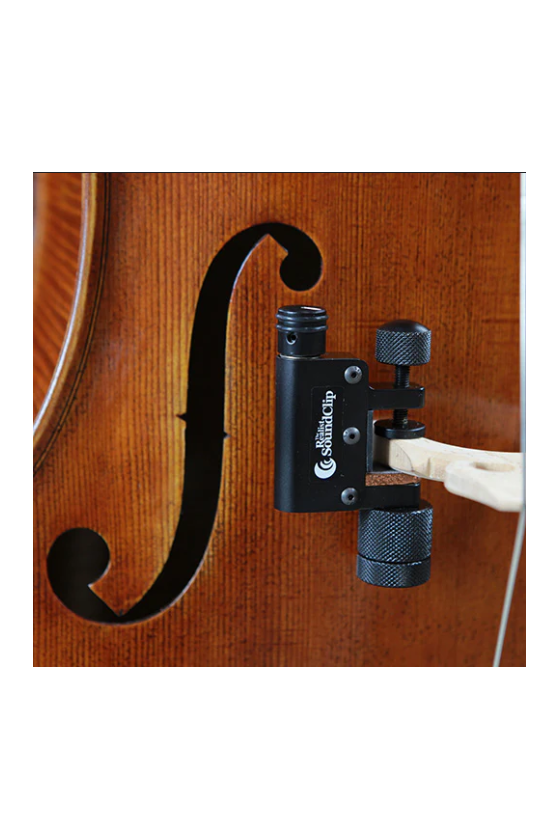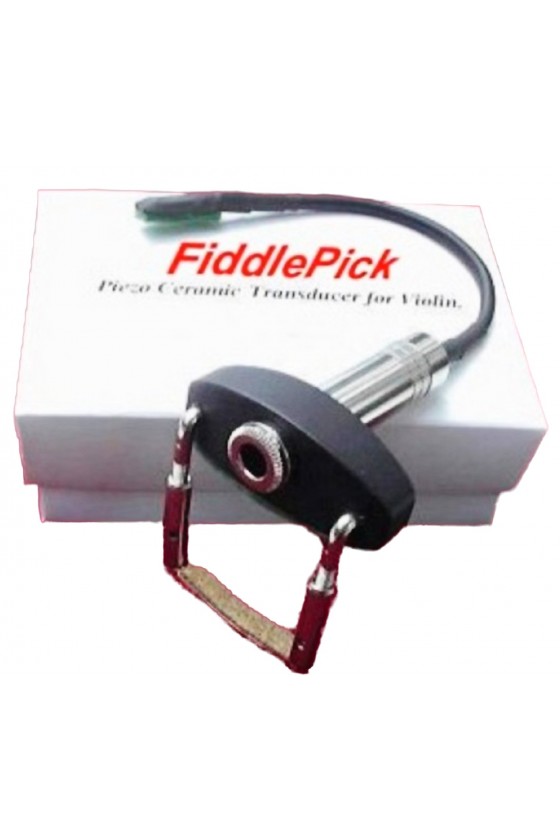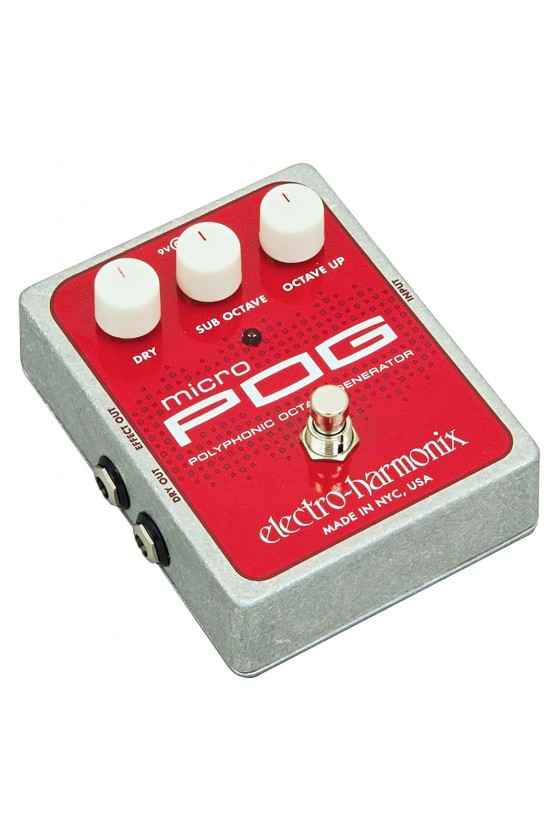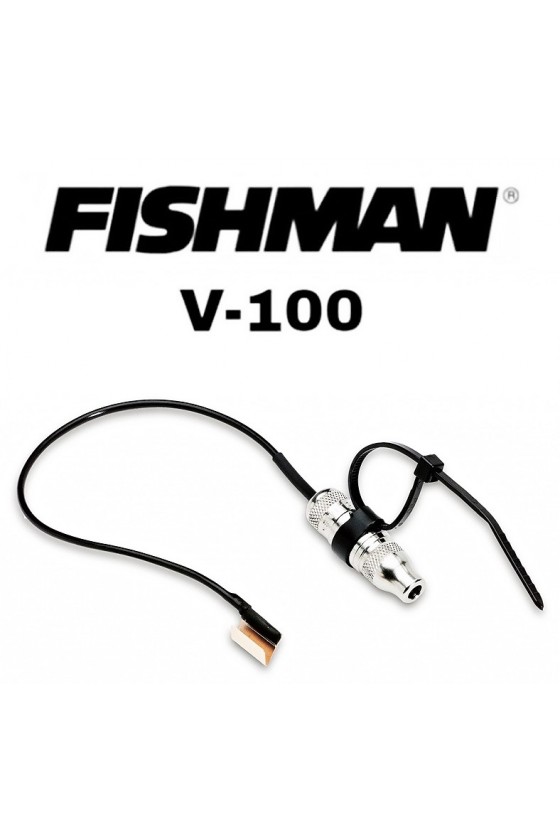The Realist Copperhead Pickup for violin
The Realist Copperhead Pickup for violin is designed by Ned Steinberger in collaboration with David Gage. It features a very transparent sound colour and texture with unmatched dynamic response in arco and pizzicato. It will sound more like the instrument it amplifies than any other market pick-up. A flexible element fits under the bridge’s foot to pick up sound from the bridge and the top plate. Produces a rich, powerful, acoustically true response for pizzicato and arco without adjusting controls. No preamp is necessary. Easy installation. Just plug it in. Recommended for players who use or will want to use wireless systems. Standard input makes it easier to find patch cables. Simple installation. No change to the instrument is required.
- Black-wrapped copper element, 1/4" clamp-on jack
- Produces an authentic amplified sound, better than any other pickup. Providing a transparent sound colour and texture with an unmatched dynamic response.
- Low-profile and flexible, the transducer fits under the feet of the bridge, and the jack discreetly mounts to the corner block. If you can change strings, you can install a Copperhead.
- Requires no batteries or chargers.
- It Amplifies without sacrificing the aesthetics or playability of the violin. No adapters are needed – plug in and play.
- The Realist Copperhead Violin Pickup technology is the most respected transducer on the market. It’s backed by a one-year warranty, made in the USA, and endorsed by artists worldwide.
History:
Ned Steinberger designed the Realist acoustic transducer in collaboration with David Gage. The Realist is available for bass, cello, viola, violin, arch-top guitar, mandolin, banjo, and other acoustic instruments, including the kora.
David Gage on the development of The Realist:
"Recognizing the limitations of microphones and traditional piezo transducers, Ned and I decided that things could and should be better for the working musician. A transducer should be equal in its ability to recreate an acoustic pizzicato and arco sound through commonly used amplifiers.
Furthermore, this pickup had to be simple, dependable, and affordable. After years of consideration and tests, we have developed a system that achieves these goals.
Both recording engineers and professional musicians have been startled by the great tone and even response when playing pizzicato and arco. We understand the hours of practice it takes to draw your sound out of your instrument, and with this pickup, your voice can be heard more accurately through an amplifier. Finally, you can play pizz and arco without playing with your controls."
Ned Steinberg on the development of The Realist:
"This pickup is the result of an intensive collaboration between myself and luthier David Gage. He is one of the first people from the acoustic bass scene to reach out and support my work on the electric upright. It was the piezo bridge pickup, in particular, that caught his interest because of the full, rich tonality, especially when bowed, and that seemed to be missing in other electric instruments. We got to talking about the dissatisfaction so many acoustic string players have with the sound of the pickups that are available. The next thing I know, I've got one of David's prize instruments in my studio, and we are testing all kinds of old and new variations of pickup designs. The result is The Realist, which is an evolution of the original pickup in the NS Double Bass. Three elements combine to give The Realist the exciting tone that has so many players raving. The first is finding the right structure within and around the piezo crystal to respond optimally to the acoustic resonance of the instrument itself. This involves endless comparisons that I wouldn't wish on my worst enemy, and we have David's sensitivity and patience to thank for the excellent result. We owe a debt also to the many fine players who were corralled into helping evaluate the various options. Second, placing the transducer under the foot of the bridge puts it exactly where the sound is transferred from the strings to the soundboard. This is definitely where the action is, and the rich, powerful response, both pizzicato and bowed, testifies to this simple fact. The output level directly from the pickup is unusually high, and as a result, the signal-to-noise ratio is also very high, so no pre-amp or other active, battery-powered gear is necessary. Just plug it in! The copper foil sandwich construction is the third key element in the system. It provides total shielding to eliminate hum from light fixtures and other electrical or radio interference. It is flexible enough to conform to the curve of the top of the instrument so that the full pressure of the bridge is concentrated evenly onto the piezo surface. But all this technical stuff is beside the point when you are on stage or in the studio; the pressure is mounting, and you need your sound to be there. As both luthier and musician, David has plenty of field experience in the ongoing battle for tone."

